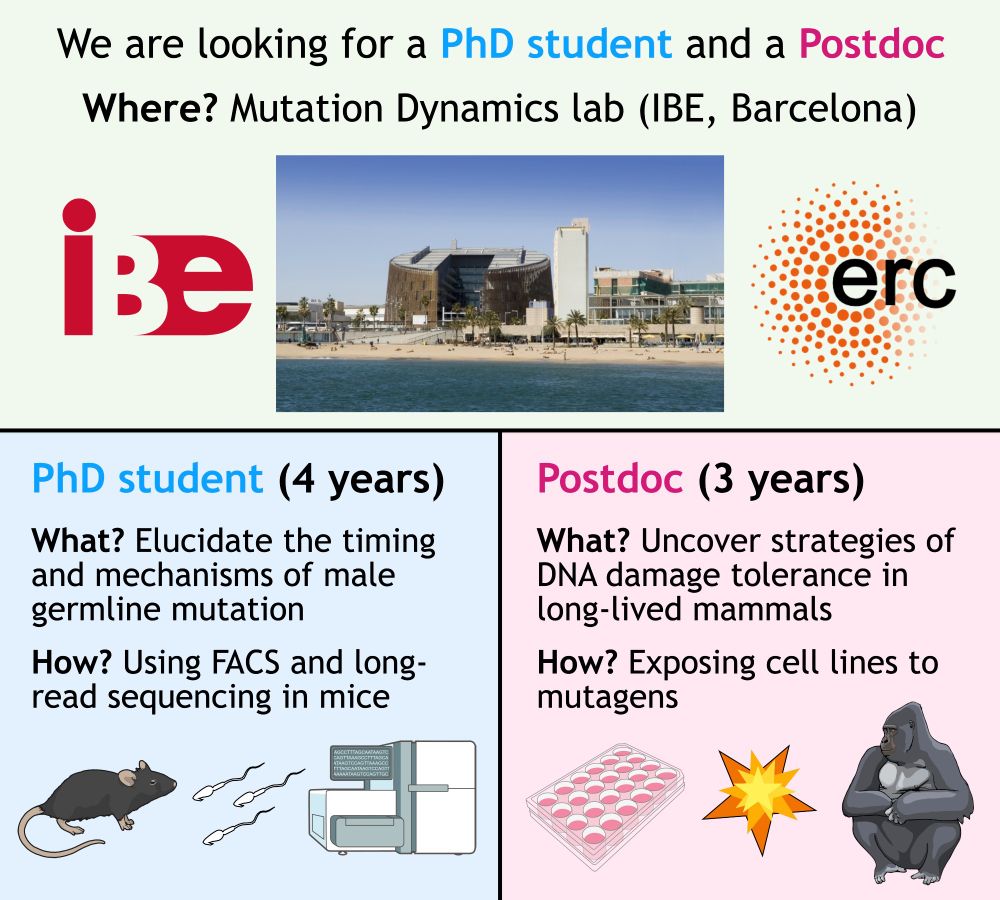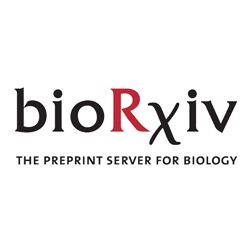Djivan Prentout
@djivanp.bsky.social
85 followers
100 following
33 posts
Postdoc in evolutionary genomics, studying the mechanisms of meiotic recombination at Columbia University (Przeworski lab)
Posts
Media
Videos
Starter Packs
Reposted by Djivan Prentout
Reposted by Djivan Prentout
Reposted by Djivan Prentout
Djivan Prentout
@djivanp.bsky.social
· Sep 6
Djivan Prentout
@djivanp.bsky.social
· Sep 6
Djivan Prentout
@djivanp.bsky.social
· Sep 6
Djivan Prentout
@djivanp.bsky.social
· Sep 6
Djivan Prentout
@djivanp.bsky.social
· Sep 6
Djivan Prentout
@djivanp.bsky.social
· Sep 6
Djivan Prentout
@djivanp.bsky.social
· Sep 6
Djivan Prentout
@djivanp.bsky.social
· Sep 6
Djivan Prentout
@djivanp.bsky.social
· Sep 6
Djivan Prentout
@djivanp.bsky.social
· Sep 6
Djivan Prentout
@djivanp.bsky.social
· Sep 6
Djivan Prentout
@djivanp.bsky.social
· Sep 6
Djivan Prentout
@djivanp.bsky.social
· Sep 6
Djivan Prentout
@djivanp.bsky.social
· Sep 6









